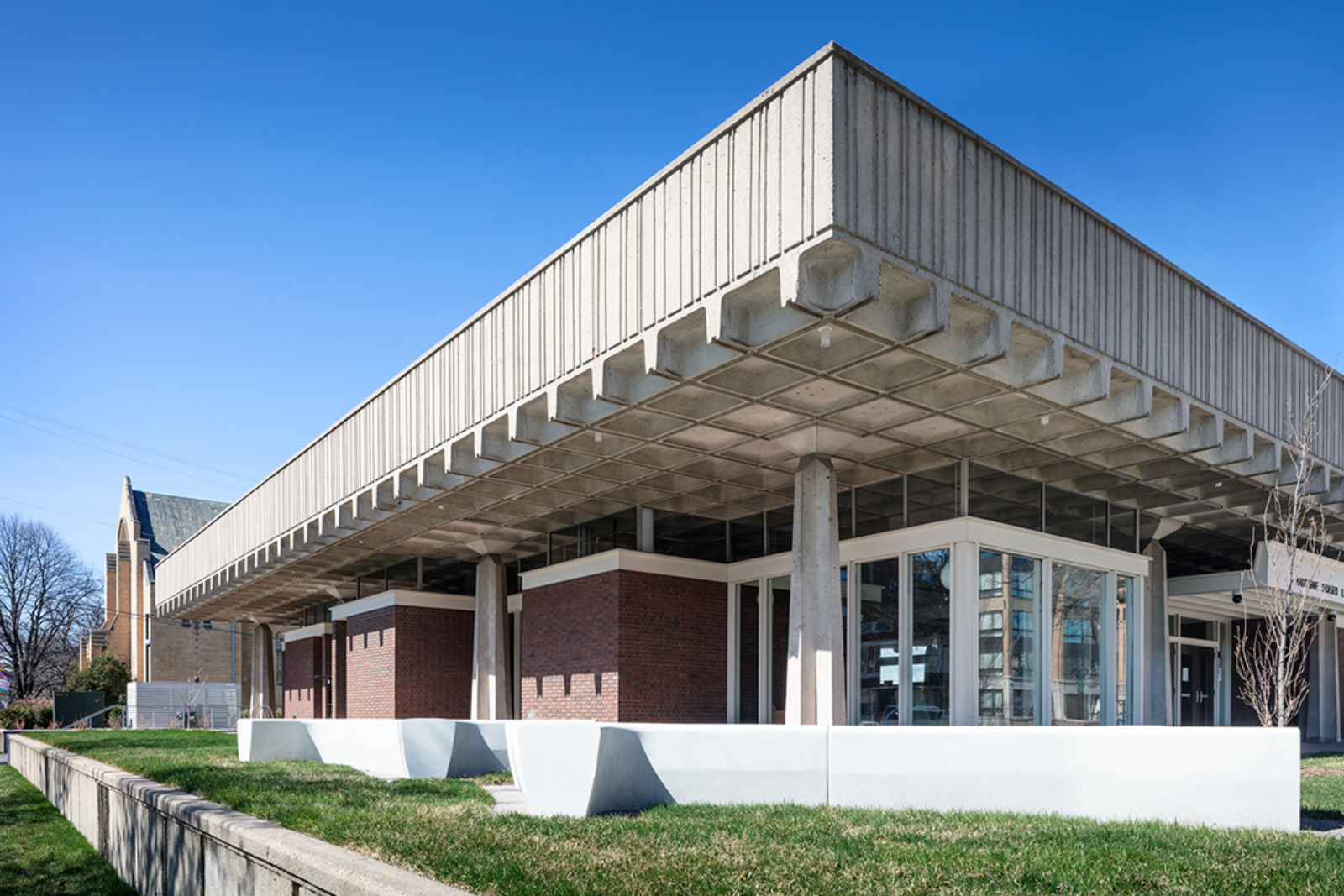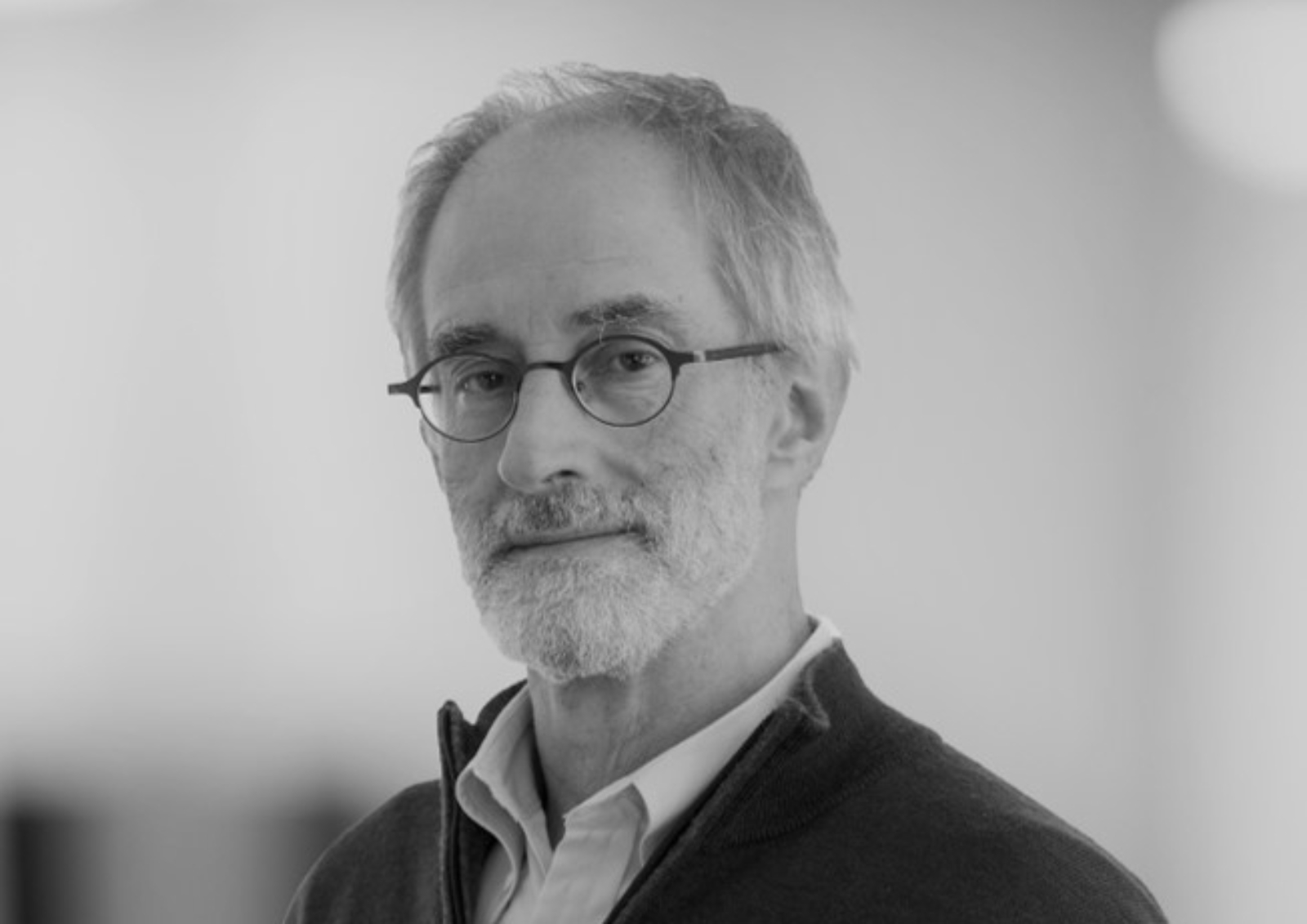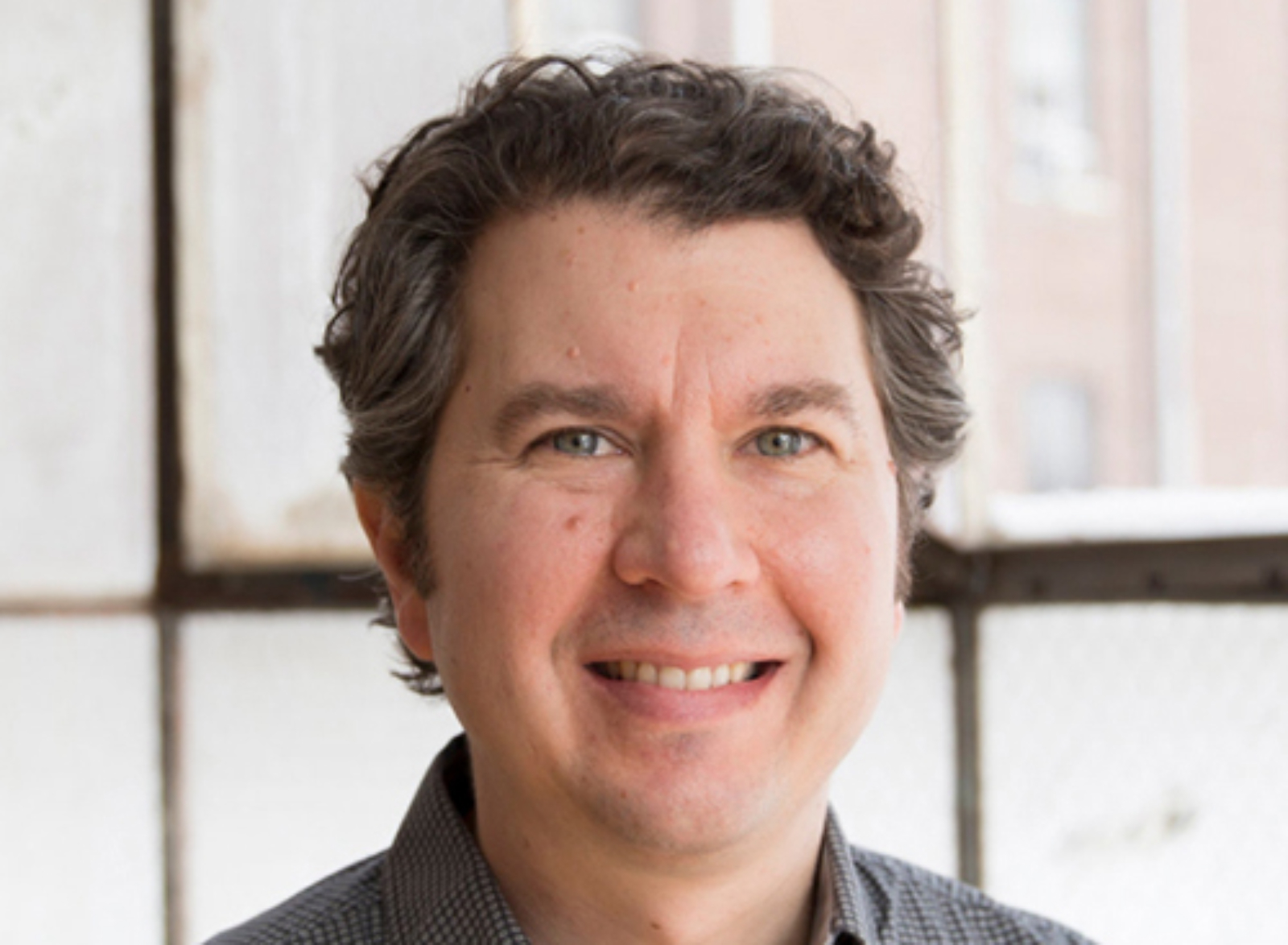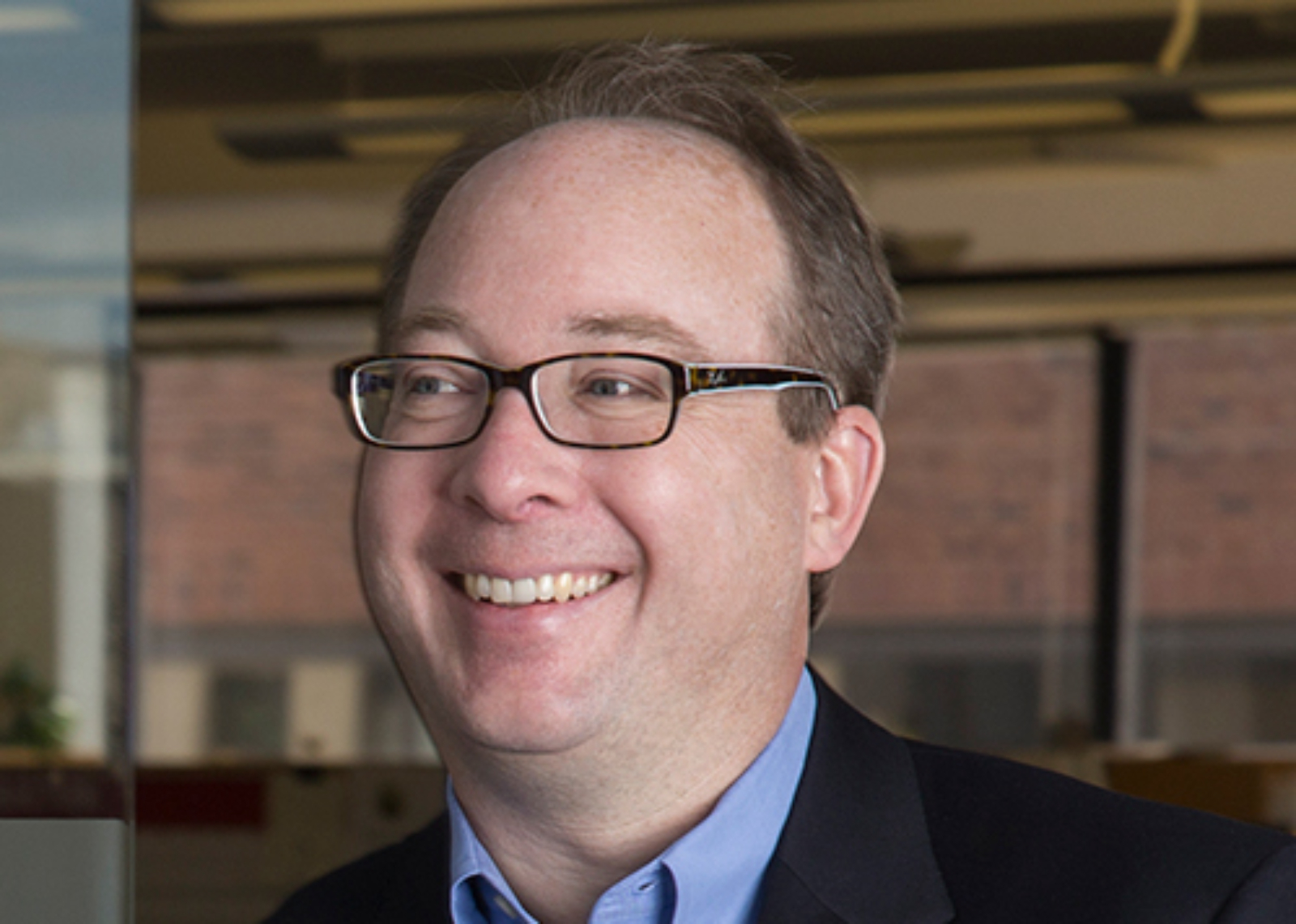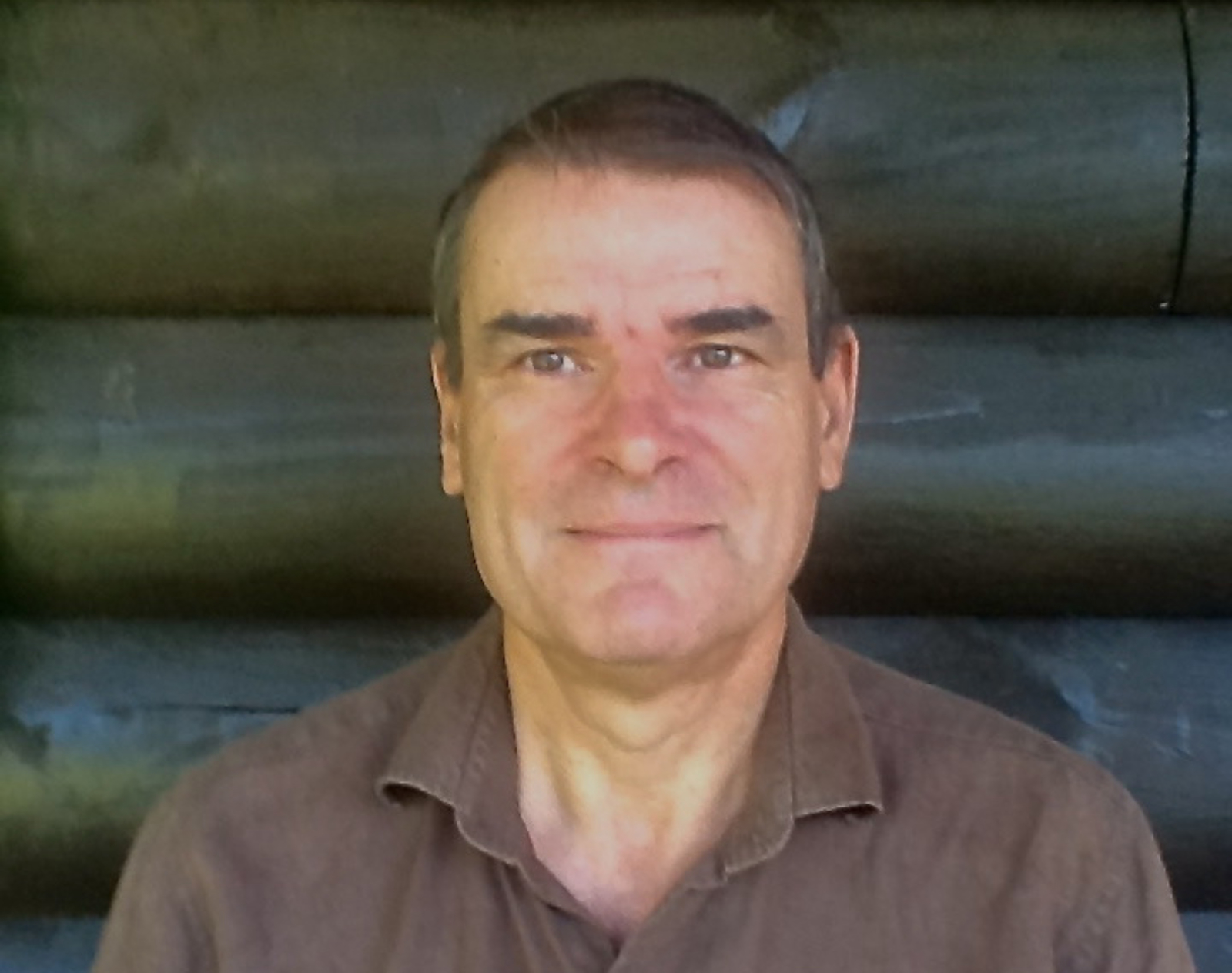Day Four Early Afternoon Sessions
Reconstructing the Modern Legacy
Session 1
Getting Closer Every Day: Renewing Late Modernism in the Public Realm
Session 2
Ralph Rapson Renewed
Session 3
The New Harmony Atheneum: Reversing the Incremental Degradation of an Idea
Getting Closer Every Day: Renewing Late Modernism in the Public Realm
In the early 1970s, triggered by the 1973 energy crisis, shifts in theory and a mixed public reception to the Brutalist aesthetic, architecture underwent a fundamental material and philosophical change, detaching itself from expression of structure, material and function to focus instead on representation. As structures from both sides of this divide come up for renewal, to what degree should the way in which the overlay of contemporary social and environmental concerns reflect the ethos of the original work, in the pursuit of balanced, vital renewals? This talk will introduce and illustrate this idea while providing context for the subsequent talks that address two buildings that represent rehabilitation approaches to extending these respective legacies.
